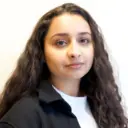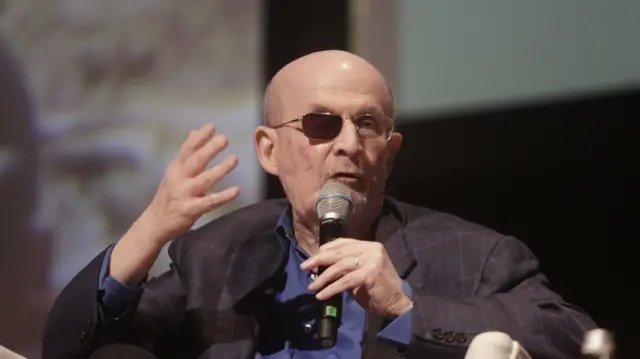Rushdie gives vivid description of the attack as trial continuespublished at 17:53 GMT 11 February
 Nadine Yousif
Nadine Yousif
Reporting from court
 Image source, EPA-EFE/REX/Shutterstock
Image source, EPA-EFE/REX/ShutterstockRushdie in the Hay Festival in Cartagena, Colombia, in January
Sir Salman Rushdie was by far the most highly-anticipated witness for this trial.
More members of the media had packed the courtroom than the previous day in anticipation of his testimony. His wife, Lady Rushdie, was also seated in the second row, wearing a black suit.
That was to be expected as he is the subject of the attack at the centre of this case.
Prosecutors focused Rushdie’s testimony on the chronology of that day, when he took the stage at Chautauqua Institution, as well as the extent of the injuries he suffered.
The author's recollection of the events was vivid at times. He described seeing a person wearing dark clothing rushing at him from his right, and the attack unfolded within seconds after that.
He said his attacker was "stabbing and slashing" him repeatedly, for a total of 15 times.
At one point, Rushdie said he thought he was dying, and described laying on the stage in "a lake of blood" - his own blood.
He also recalled the help he received from bystanders on stage, saying that without them he would not have been alive.
Rushdie faced the jury repeatedly to show them his injuries, including taking off his glasses to show his severed right eye, which has been left permanently blind from the attack.
Afterwards, lawyers for suspect Hadi Matar focused their cross-examination on how clear the author's memory of that day was. They also asked whether Rushdie had ever been in contact with Matar, whether it be through letters or emails. The author replied that he had not.
Matar was seated with his defence team at Rushdie's far right.
Neither Rushdie nor Matar looked at each other during his testimony, with Matar often looking down.
We'll be closing our live page shortly - thank you for joining us.

